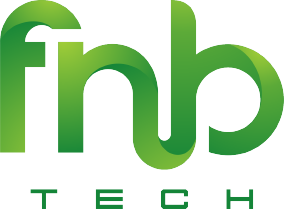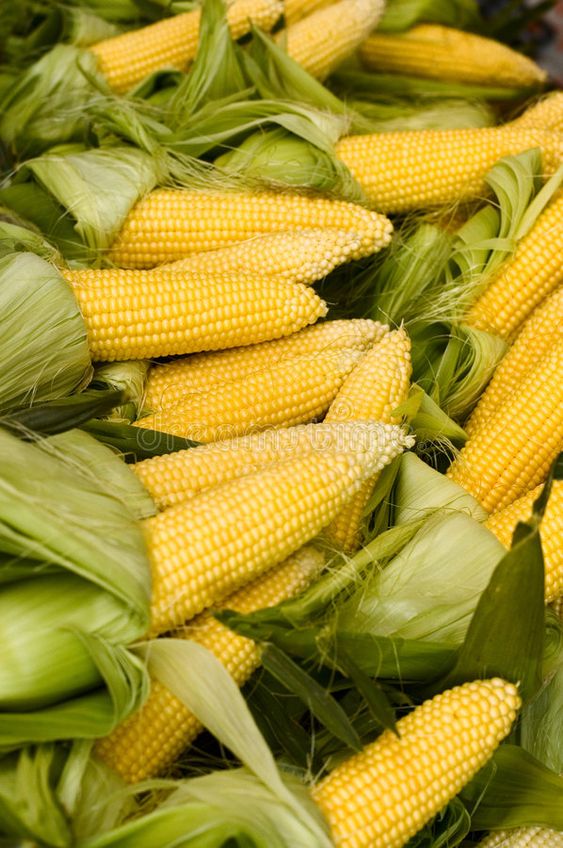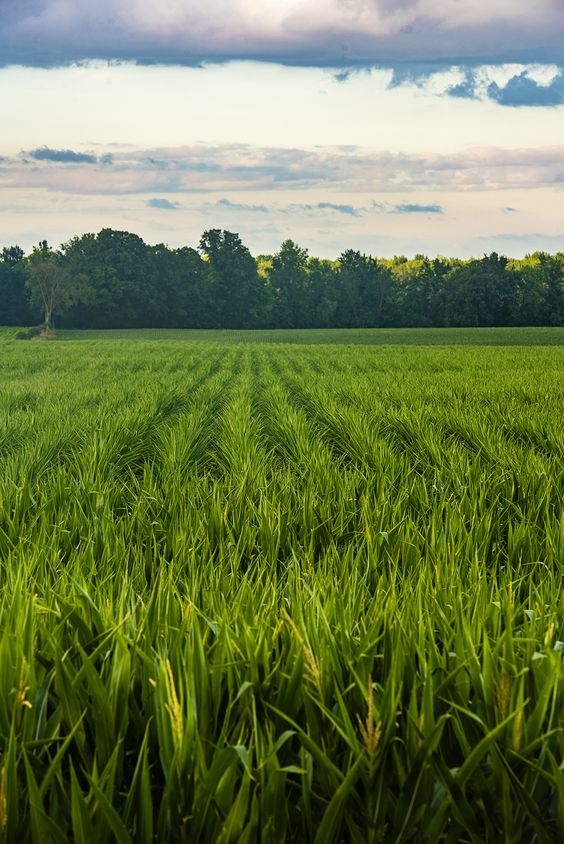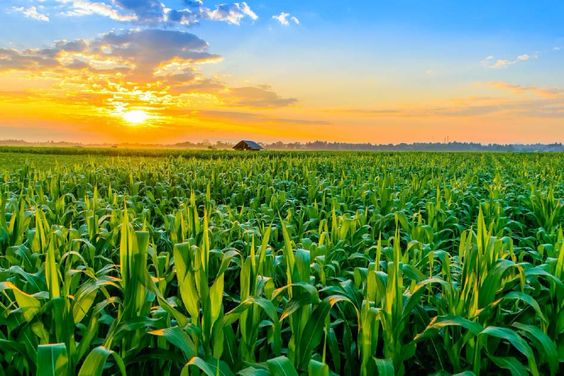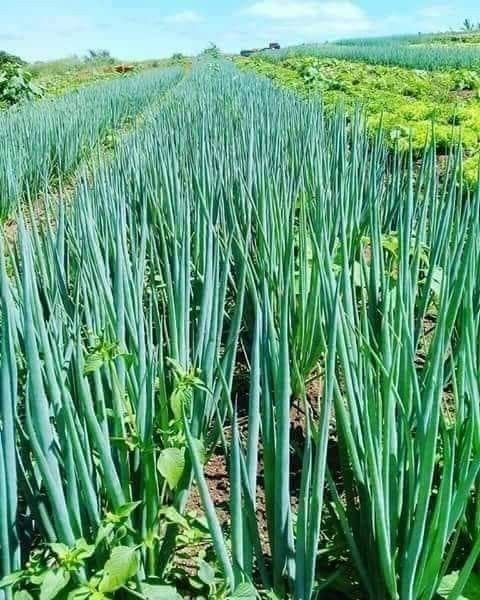Optimizing Corn Quality Through Smart Agriculture: A Comprehensive Guide
Optimizing Corn Quality, a cornerstone of global agriculture, is a crop of immense economic and nutritional significance. Its quality, determined by factors such as yield, moisture content, test weight, aflatoxin levels, protein, and oil content, directly impacts its value in the market. Traditionally, achieving optimal corn quality has been a complex endeavor influenced by various environmental, genetic, and agronomic factors. However, the advent of smart agriculture has ushered in a new era of precision and efficiency in crop management.By integrating advanced technologies like the Internet of Things (IoT), data analytics, remote sensing, and artificial intelligence, farmers can now monitor and control crop growth with unprecedented accuracy. This article delves into the intricate relationship between smart agriculture and corn quality, exploring how these technologies can be leveraged to enhance yield, improve grain characteristics, and minimize losses.
Contents
Corn Quality
Optimizing Corn Quality is a multifaceted attribute encompassing several key parameters:
- Yield Optimizing Corn Quality: The quantity of corn produced per unit area.
- Grain Moisture: The water content of the grain, affecting storability and processing.
- Test Weight: A measure of grain density and overall quality.
- Aflatoxin Contamination: The presence of harmful mycotoxins that can contaminate corn.
- Protein Content: Essential for livestock feed and human consumption.
- Oil Content: Important for industrial uses and biofuel production.
The Impact of Smart Agriculture on Corn Quality
Optimizing Corn Quality,Smart agriculture empowers farmers to make data-driven decisions, leading to significant improvements in corn quality. Key technologies and their applications include:
- IoT Sensors: Monitoring soil moisture, temperature, and nutrient levels in real-time enables precise irrigation and fertilization, optimizing plant growth conditions.
- Precision Agriculture: Using GPS and mapping technology to create detailed field maps, allowing for variable rate application of inputs, tailoring treatments to specific areas with varying soil conditions and crop needs.
- Remote Sensing: Satellite and drone imagery provide valuable insights into crop health, stress, and yield potential, facilitating early detection of issues and timely interventions.
- Data Analytics and Machine Learning: Processing vast amounts of data to identify patterns and correlations, enabling predictive modeling and optimization of crop management practices.
- Artificial Intelligence: Developing intelligent systems for automated tasks, such as weed control, plant disease detection, and harvest optimization.
Achieving Optimal Corn Quality Through Smart Agriculture
Optimizing Corn Quality,To maximize corn quality, farmers can implement the following strategies:
- Precision Planting: Optimizing seed placement, depth, and spacing using advanced planting equipment to ensure uniform emergence and growth.
- Nutrient Management: Conducting soil tests and using data-driven recommendations to apply the right amount of nutrients at the right time, promoting healthy plant development and maximizing yield potential.
- Irrigation Management: Employing efficient irrigation systems and utilizing soil moisture sensors to deliver water precisely when and where it is needed, preventing water stress and optimizing grain fill.
- Crop Protection: Implementing integrated pest management strategies, combining biological, cultural, and chemical controls to minimize crop losses and maintain grain quality.
- Harvest Management: Timing harvest accurately to achieve optimal grain moisture and minimizing field losses.
Benefits of Optimizing Corn Quality
- Increased Yield: Higher corn yields translate into greater profitability for farmers
- Improved Grain Quality: Meeting market demands for specific quality parameters, such as high test weight, low moisture, and low aflatoxin levels, commands premium prices.
- Reduced Input Costs: Precise application of inputs based on real-time data minimizes waste and reduces costs.
- Environmental Sustainability: Optimized crop management practices contribute to soil health, water conservation, and reduced chemical use.
Objectives of Smart Agriculture for Corn Quality
- Maximize Yield Potential: Utilize data-driven insights to achieve the highest possible corn yield while maintaining quality standards.
- Enhance Grain Quality: Implement strategies to improve grain characteristics, such as test weight, moisture, and protein content.
- Minimize Crop Losses: Employ proactive measures to protect corn from pests, diseases, and adverse weather conditions.
- Optimize Resource Utilization: Efficiently manage water, fertilizers, and other inputs to reduce costs and environmental impact.
- Improve Decision Making: Provide farmers with actionable information to make informed decisions throughout the growing season.
Explanation of Key Technologies
- IoT Sensors: How they work, types of sensors used in corn production, and data collection methods.
- Precision Agriculture: The concept of variable rate technology, equipment requirements, and data management.
- Remote Sensing: Different types of remote sensing platforms (satellites, drones), data interpretation, and applications in corn monitoring.
- Data Analytics and Machine Learning: Data preprocessing, statistical modeling, predictive analytics, and machine learning algorithms.
- Artificial Intelligence: Applications of AI in corn production, such as image recognition for disease detection and robotic automation.
Usefulness of Smart Agriculture for Corn Growers
- Improved Profitability: How smart agriculture can increase farm income through higher yields and better-quality corn.
- Risk Mitigation: How data-driven decision-making can help farmers manage risks associated with weather, pests, and diseases.
- Sustainability: How smart agriculture practices contribute to environmental protection and resource conservation.
Advantages of Optimizing Corn Quality
- Market Differentiation: How high Optimizing Corn Quality can command premium prices and attract discerning buyers.
- Enhanced Food Security: How improved corn production can contribute to global food supply and nutrition.
- Industrial Applications: How high-quality corn is essential for various industries, such as food processing, ethanol production, and animal feed.
Improved Profitability
- Higher yields: By Optimizing Corn Quality factors like planting density, irrigation, and fertilization based on data-driven insights, farmers can significantly increase corn yields.
- Enhanced grain quality: Meeting specific market demands for high-quality corn, such as high test weight or low aflatoxin levels, commands premium prices.
- Reduced input costs: Precision application of inputs like fertilizers and pesticides minimizes waste, leading to substantial cost savings.
- Efficient resource utilization: Optimal management of water, labor, and energy resources contributes to overall farm profitability.
Risk Mitigation
- Weather resilience: Real-time monitoring of weather conditions allows farmers to take proactive measures to protect crops from adverse weather events.
- Pest and disease management: Early detection and targeted treatment of pests and diseases minimize crop losses and protect yield.
- Market volatility: Data-driven insights can help farmers make informed decisions about planting, harvesting, and marketing to mitigate the impact of market fluctuations.
Sustainability
- Environmental protection: Precision agriculture practices reduce the use of chemicals, fertilizers, and water, minimizing environmental impact.
- Soil health improvement: Data-driven soil management practices enhance soil fertility and structure.
- Resource conservation: Efficient use of water, energy, and other resources promotes sustainable farming practices.
By leveraging smart agriculture technologies, corn growers can achieve a more profitable, resilient, and environmentally friendly operation.
Optimizing Corn Quality Smart agriculture offers immense potential for optimizing corn quality and driving the sustainable growth of the agricultural sector. By embracing advanced technologies and data-driven approaches, farmers can unlock the full potential of their corn fields, leading to increased profitability, environmental stewardship, and food security.
